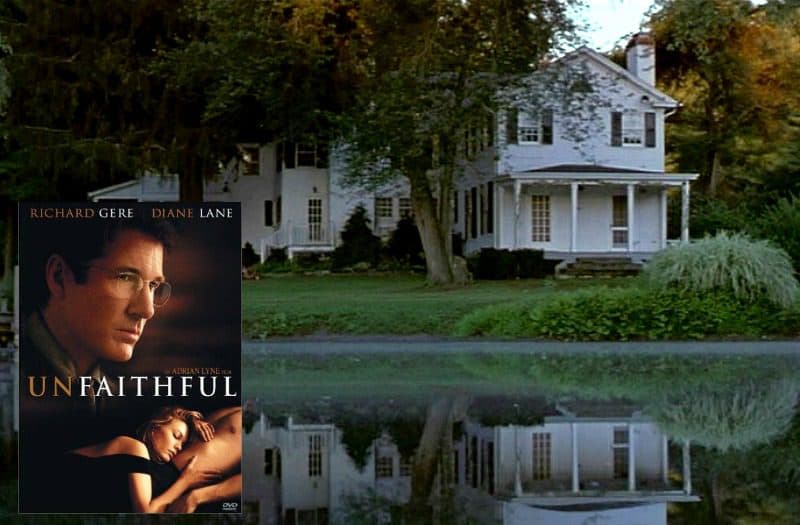TV Show
12 Articles
Unfaithful Cast Overview: Key Characters and Thematic Depth in Adrian Lyne’s Thriller
16 min read16' read
Annette O’Toole’s Journey: From Martha Kent in Smallville to Hope McCrea in Virgin River
12 min read12' read
Discover top 10 categories
Let's explore the most popular categoriesYour Movie Obsession Just Got Deeper 🍿
Get ready for lively discussions, unique takes on your beloved movies and shows, and insider peeks at your favorite stars. Join the conversation.- 01Create a free account.
- 02Write your stories.















